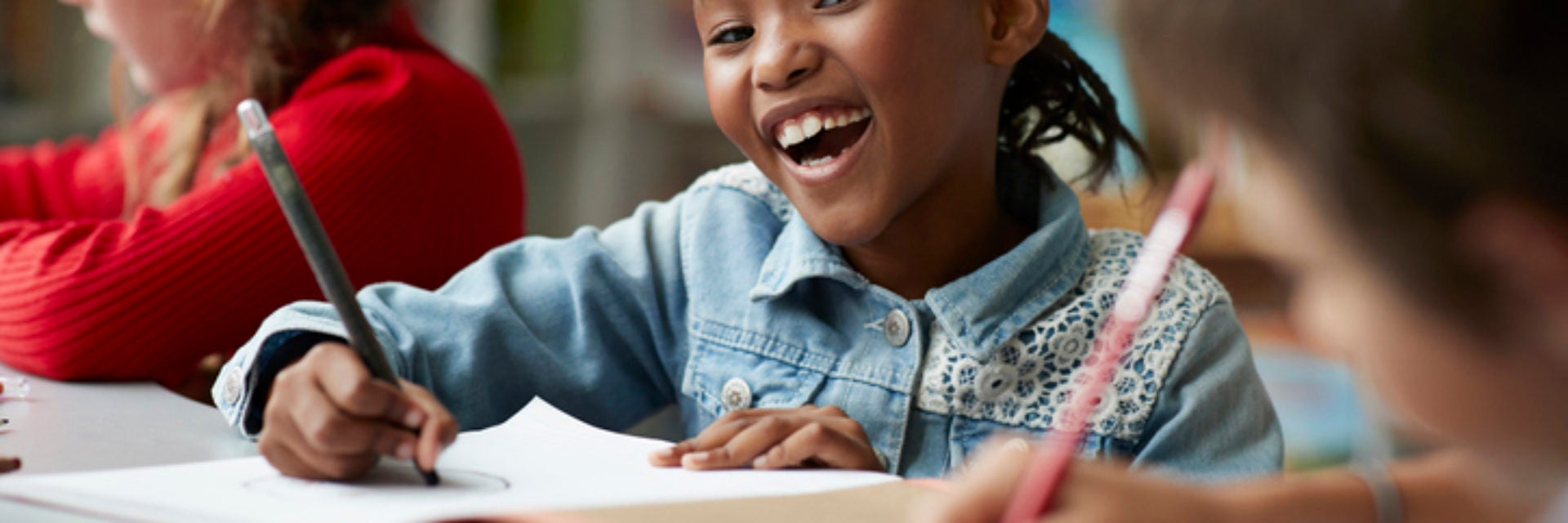Recently, footage of a school resource officer violently apprehending an 11-year-old black girl hit our social media feeds. That video highlighted the unfortunate reality — that young black and brown students across the country live with this threat every day, and reopened conversation around a central question: why was a police officer there to begin with?
In the 1990s, hundreds of police officers were deployed to public schools across the country as a component of the war on drugs and later in response to school shootings. Today, at least fourteen million students attend schools staffed with a police officer — but without a single counselor, social worker, psychologist, or nurse.
The result is that in many cases, an infraction as simple as back talking or skipping class that should end in detention or administrative intervention can end in arrest. Over the years, the implementation of policies from Zero-Tolerance to surveillance to criminalizing lateness and absenteeism have created a system of loopholes that trap our most vulnerable students in a pipeline kept alive by the for-profit prison system. It’s a system that disproportionately hurts black and brown students and undermines their learning.
Enough is enough. No student should have to learn in an environment where there is a threat of incarceration. The presence of armed officers in our schools sends a message to our children. We are telling them there will be no second chances. We are telling them that stepping out of line can result in violence or a criminal offense. This should be unacceptable in any environment – but especially in our schools.
Every student should have the right to a safe and welcoming place to learn. As President, I will work to close the school to prison pipeline, by rethinking our approach to public education and public safety. Here’s how we’ll do it:
Last week, I released my plan to invest $800 billion in our public schools — paid for by a two-cent wealth tax on fortunes above $50 million. This includes quadrupling Title I funding — an additional $450 billion over the next 10 years — to help ensure that all children get a high-quality public education. We’ll invest in evidenced-based school safety and work to demilitarize our school staff and reduce police presence, because our schools are not prisons, and we can’t expect our students to learn if they’re being treated like criminals.
If police officers have to be in schools, they must receive training on discrimination, youth development, and de-escalation tactics. The contracts between districts and law enforcement agencies should clearly define the responsibilities and limitations of the officers and the rights of the students. And no teacher should be armed — period. I will strengthen Title VI of the Civil Rights Act to protect students from policies that disparately discriminate based on race. I will also push to issue guidance to limit the use of discriminatory dress codes targeting student dress and hairstyle that lead to students of color losing valuable learning time and Muslim students being denied participation in school activities.
My plan would also invest an additional $100 billion in “Excellence Grants” — that’s equivalent to $1 million for every public school in the country — to invest in things like afterschool arts programs and school-based student mentoring programs. My administration will also set the goal of helping 25,000 public schools transition to the community school framework by 2030. By providing services and engaging parents and the broader community, community schools can reduce the impact of systemic racial and economic disadvantage on students.
But we must go even further — it’s not enough to reform our public schools if we’re not also taking a hard look at our entire criminal justice system and how it interacts with our public school system.
Last month, I released a criminal justice reform plan anchored in the idea that we need to transition from a punitive to a rehabilitative system — including by adopting discipline policies for our schools that draw students in rather than pushing them out. This means restorative justice programs, and evidence-based approaches that address the underlying drivers of behaviors that our schools have come to criminalize — like poverty, childhood trauma, homelessness, food insecurity, family separation or a child living with the impact of a family member’s incarceration.
It also means decriminalizing truancy and addressing chronic absenteeism without punishing parents or children. Instead, we’ll increase the number of school mental health personnel and provide schools with resources to train teachers and administrators in positive behavioral interventions, trauma-informed alternative discipline practices, and implicit bias training to limit suspensions, expulsions, and minor-infraction arrests.
We are a stronger and better nation when we live up to the promise of equal opportunity because our democracy depends on a strong workforce and knowledgeable citizens. But a school that polices, criminalizes, and neglects our children’s fundamental needs is a school that has failed to live up to our promise. When our students feel safe, they are at their best — and that should be our north star. When I am president, I will make the big, structural changes we need to make it possible for every student to thrive.
